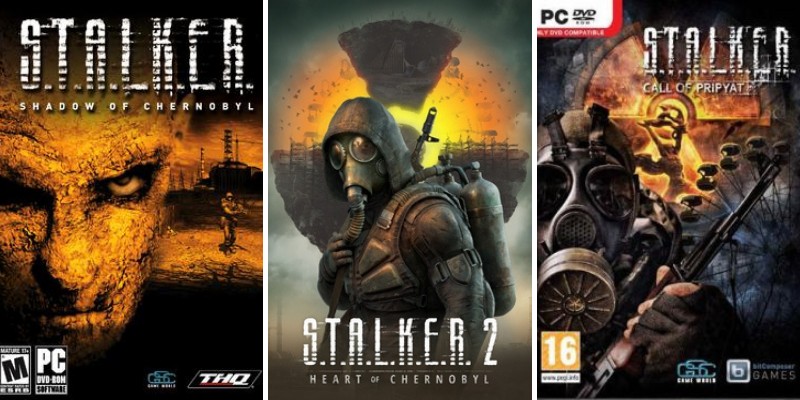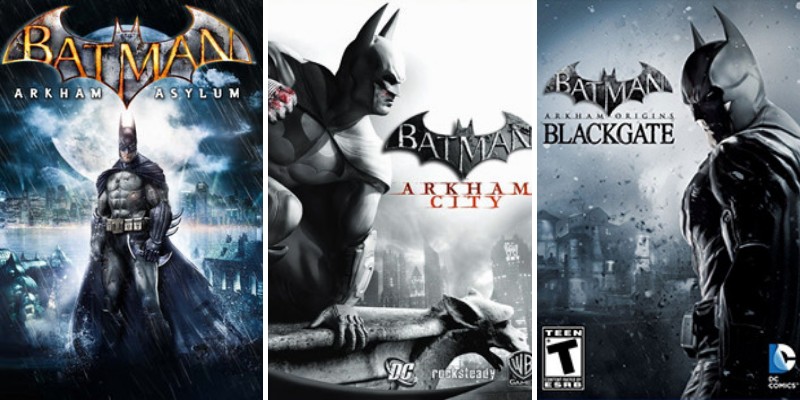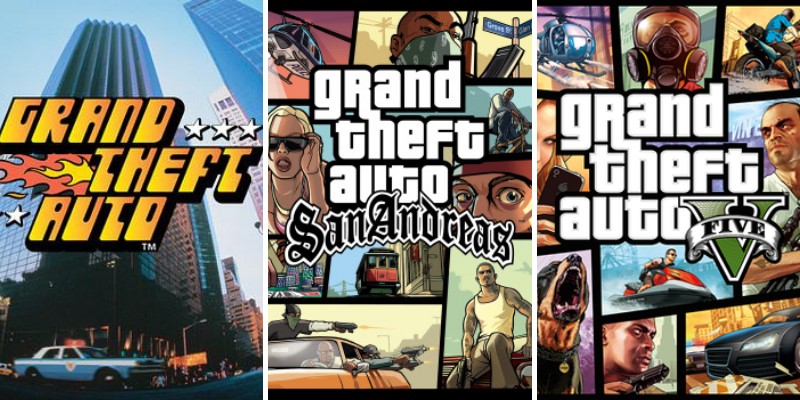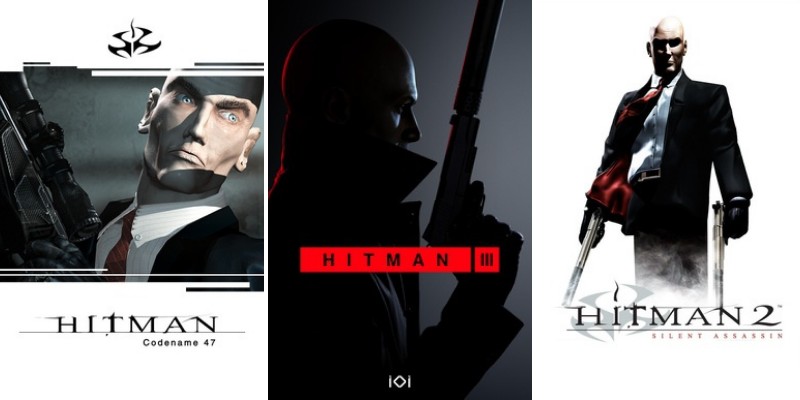Dishonored is one of those games that seem, at least on the surface, like it should be a nothing more than a niche hit.
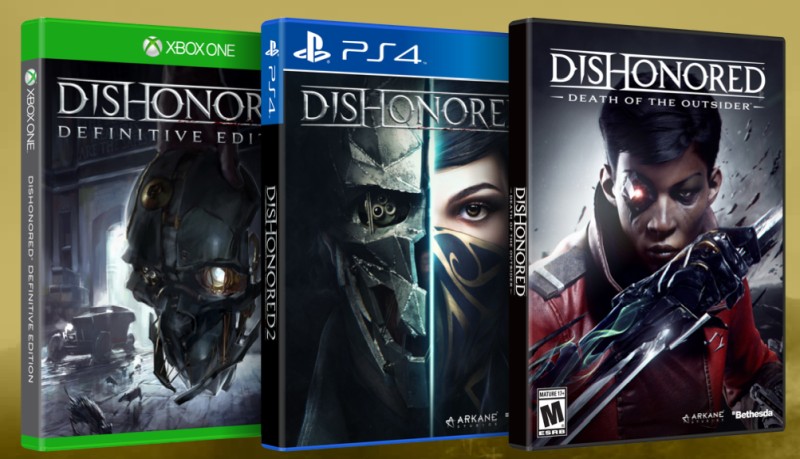
After all, there aren’t many stealth-based quasi-Steampunk action games that rely heavily on player choice and morality systems, yet Dishonored seemed liked a game that was more than content to go its own way.
Fortunately for fans, though, the premise wasn’t enough to turn off players who were looking for a game that combined excellent mechanics with a unique story.
If you’ve never played the games before, you do owe it to yourself to see the full story.
The best way to do so is by looking at the games in order so that you not only hit all of the main entries, but so that you can get filled in on all of the great side content by playing the relevant downloadable content.
Here is the best order to play the dishonored game series:
1) Dishonored (2012)
Unsurprisingly, the best place to start is going to be with the original Dishonored title.
Released in 2012 for Xbox 360, Windows, and the Playstation 3, the game was also able to be played on the Xbox One and Playstation 4, and can still be played on the current Xbox Series S/X platforms.
Dishonored was a unique stealth/action game that put players in the shoes of Corvo Attano, the bodyguard of Empress Jessamine Kaldwin and her daughter Emily.
After the Empress is murdered and Corvo is framed for the crime, he’s set on the task of avenging her death, bringing her murderers to justice and putting Emily on the throne.
He’s assisted in the effort by abilities granted to him by a creature known as the Outsider, who has his own reasons for helping the protagonist.
The original game was notable for giving players a great deal of choice in how they accomplished their tasks, with changes in the world occurring due to the player’s ability to resolve conflicts quietly or out in the open.
A fantastic hit for Bethesda, the game also managed to lay down the foundations for the rest of the series.
2) The Knife of Dunwall (2013)
2013’s The Knife of Dunwall is the first piece of story-based DLC for Dishonored and is available on all of the same platforms as the base game.
This iteration of the game actually puts players in the role of the assassin Daud during the events of the first game, allowing players to see a markedly different point of view of some of the same events they may have played through as Corvin.
Daud generally plays similar to Corvin, though he has a number of his own magical abilities and gadgets that can be used.
What’s unique about this bit of DLC is that it really only offers a side-story to Dishonored; you can easily understand both the main game and its sequel without playing The Knife of Dunwall.
With that said, this DLC is absolutely vital if you want to understand all of the DLC that comes after it, and the challenges inherent in the game itself can be quite enjoyable for those who have already played the main game and who want to test out their skills.
3) Dishonored : The Brigmore Witches (2013)
Like The Knife of Dunwall, 2013’s The Brigmore Witches stars the assassin Daud and was playable on all of the same platforms as the main game.
Unlike The Knife of Dunwall, though, this DLC picks up directly from the first batch of DLC and players can actually transfer their saves from one game to the other.
The Brigmore Witches once more follows Daud on his own side story, this time pitting him against the eponymous Brigmore Witches as he attempts to save his own life.
The game follows Daud on this quest and ends up allowing players to live out his fate as it played out in the original game, which does help to close the circle on this particular story.
The reception of The Brigmore Witches wasn’t quite as highly regarded as the original DLC, nor does it quite live up to the standards of the main game.
With that said, it does help to drive forward the plot of the games themselves and does help those who want to play the whole series get a better idea of what was going on in the background of the first game while Corvo was on his quest.
4) Dishonored 2 (2016)
Next up in the timeline is 2016’s Dishonored 2. Released on the Playstation 4, Windows, and Xbox One, it is also playable on the Xbox Series S/X platforms.
The game is a direct sequel to the original game, though some of the plot points are a bit easier to grasp if you have played both pieces of DLC.
Dishonored 2 takes place several years after the original game, with Emily Kaldwin on the throne.
After she is deposed by her aunt, players take control over either Corvo or Emily as they fight to get the throne back.
As they do so, they’ll once again make use of powers granted by the Outsider and choose between taking out their targets quickly and quietly or violently and openly.
Dishonored 2 is a bigger game in almost every regard, with more exploration, more skills, and a bigger plotline.
With that said, it also manages to improve on almost every system from the original game, which gives players a unique chance to really embrace their own styles of play as they fight and sneak their ways through a much more expansive narrative than was present in the original game.
5) Dishonored: Death of the Outsider (2017)
Death of the Outsider was initially developed as downloadable content for Dishonored 2, but it quickly became apparent that the story and game were different enough for it to be a stand-alone product.
Though it’s still available on the all the same platforms as Dishonored 2, it does often feel very much like its own little world.
Death of the Outside puts players in the shoes of Billie Lurk. Formerly mentored by Daud, she is driven by dreams to save the older assassin and take up his quest to kill the Outsider.
Doing so requires her to use her own unique Outsider-granted powers, which add some fun new wrinkles to the stealth gameplay of the series.
Billie Lurk is definitely a very different character than those who have come before and Death of the Outsider absolutely serves as a solid ending for this part of the Dishonored series.
Though it’s hard to know if this is the end of the series as a whole, it’s definitely worth the time of fans to sit down and play this stand-alone entry to get at least some sense of closure.
